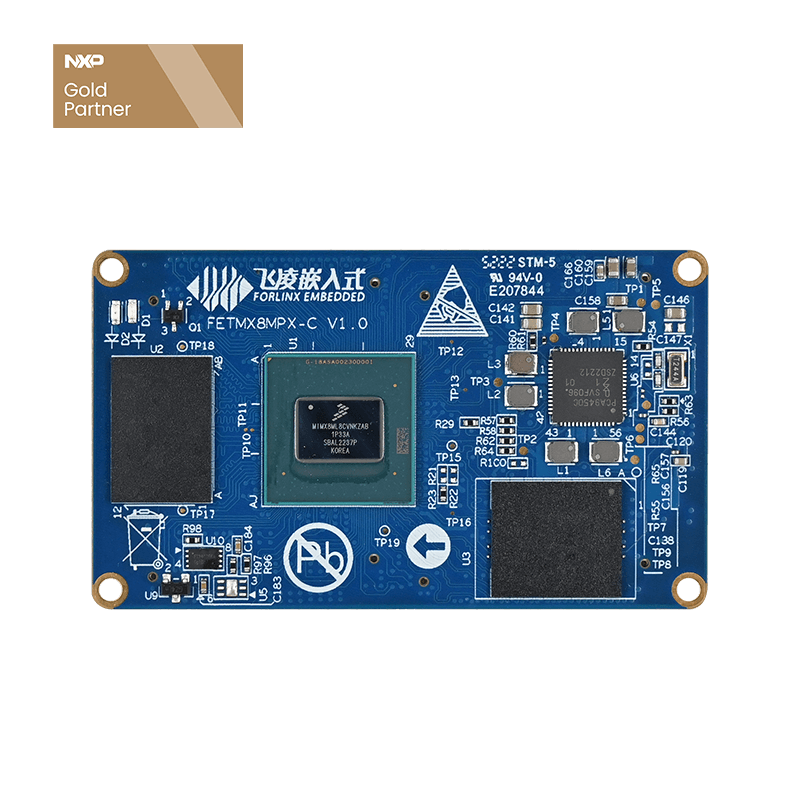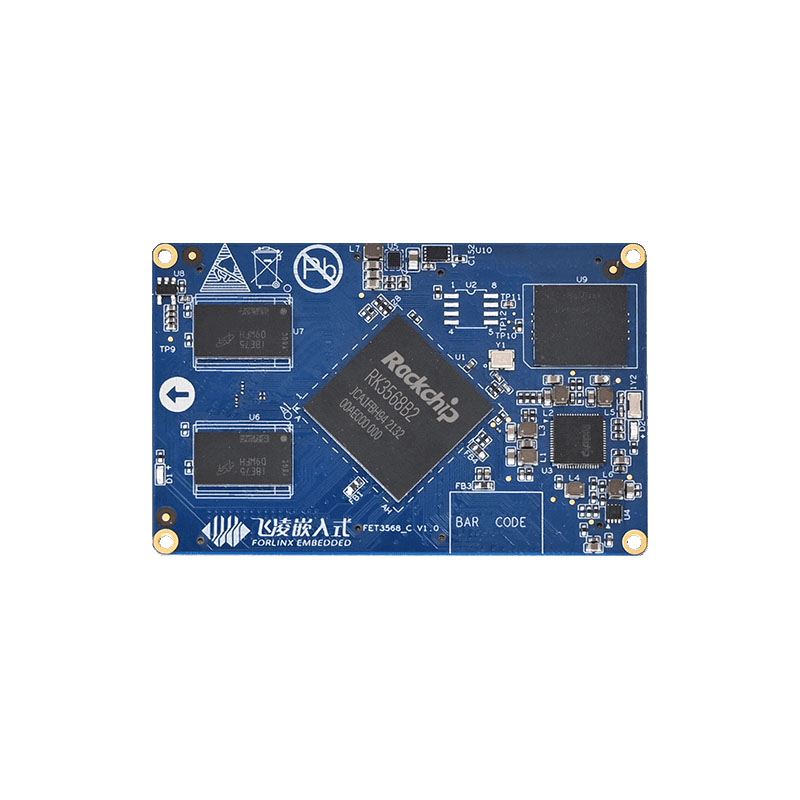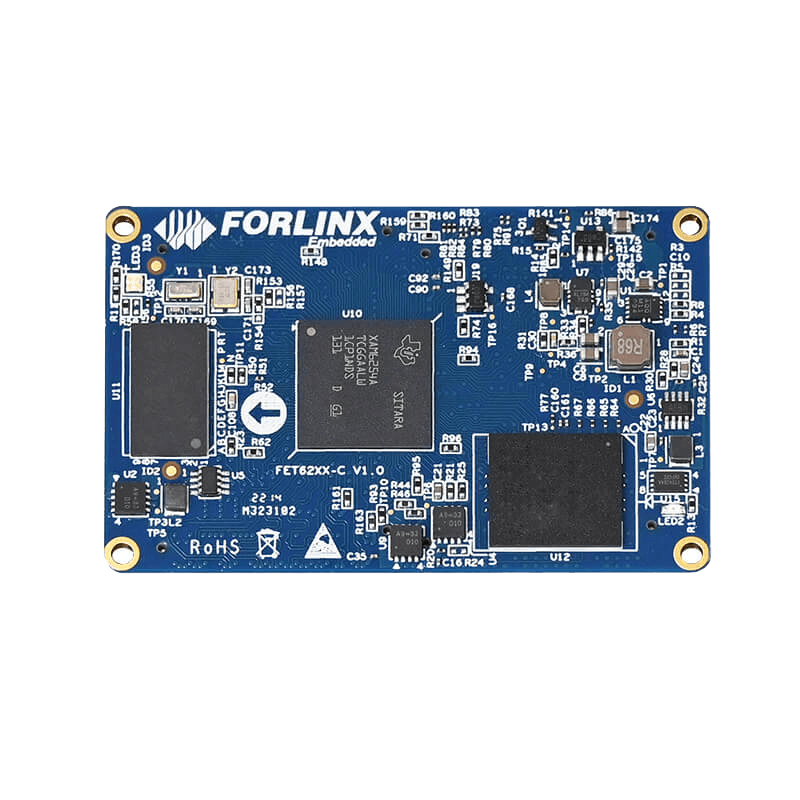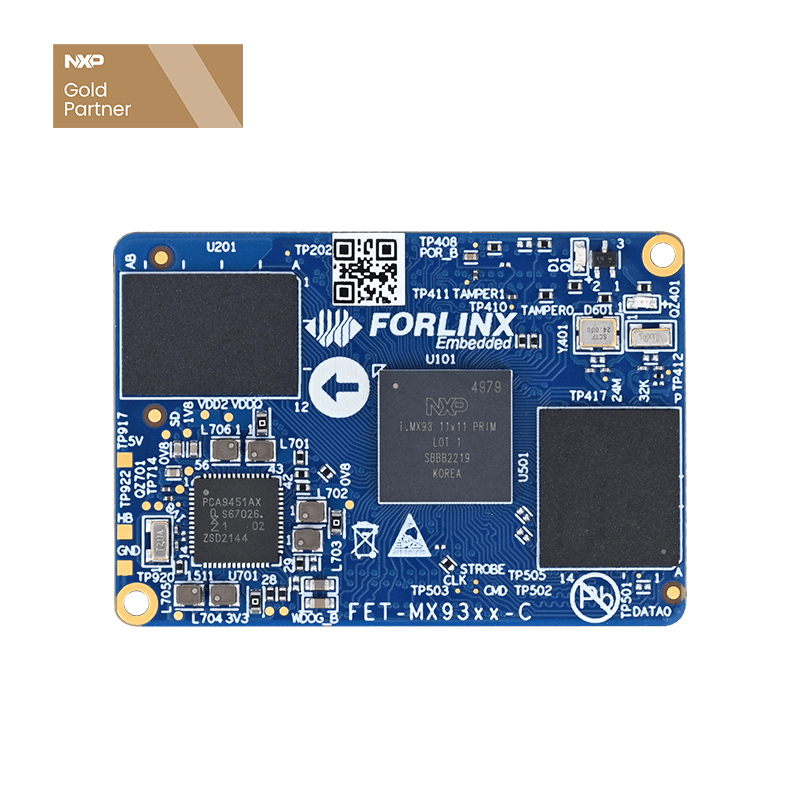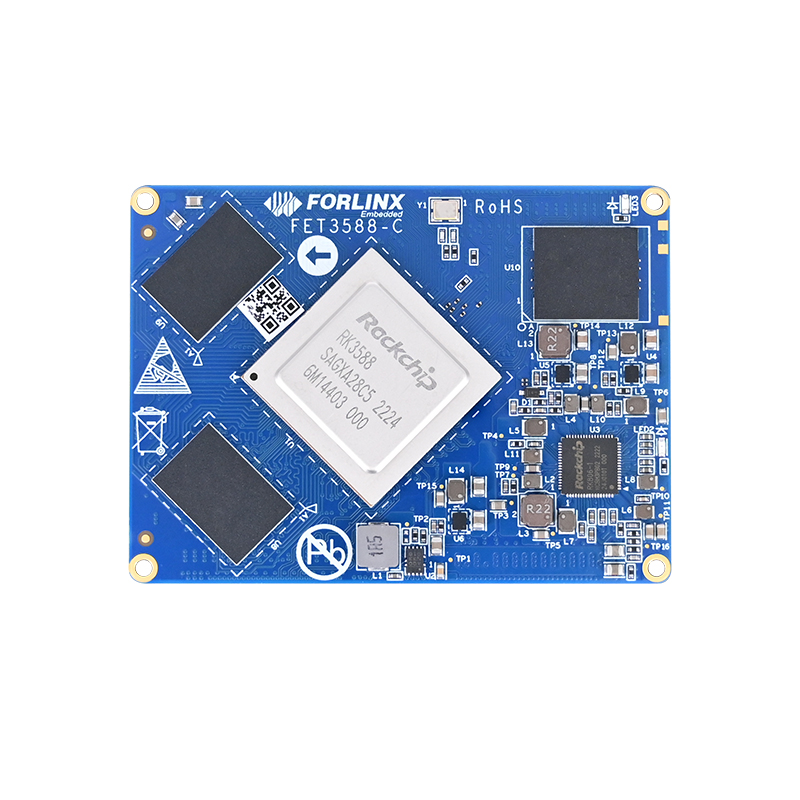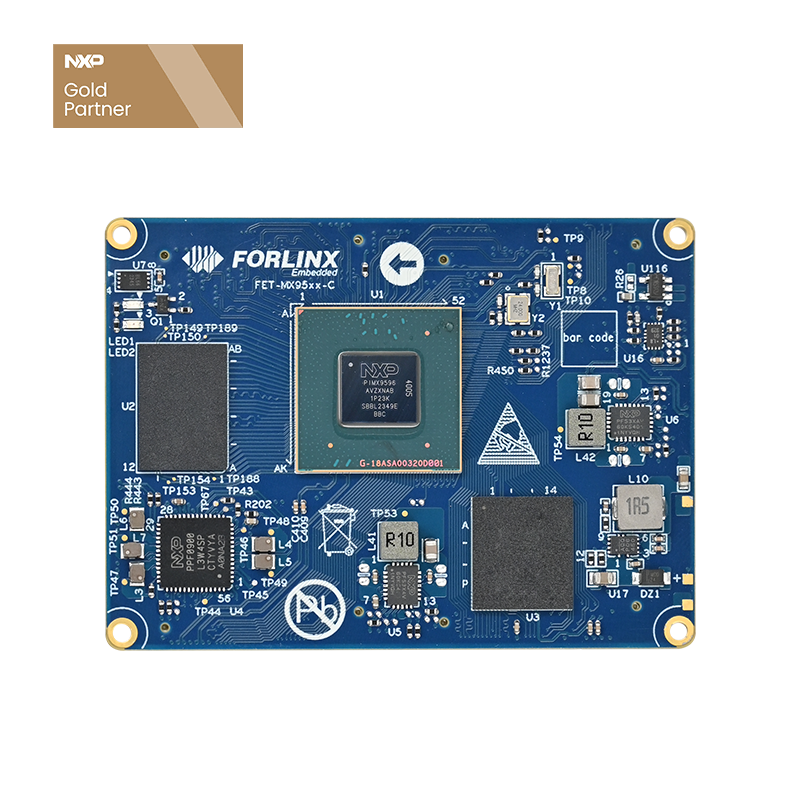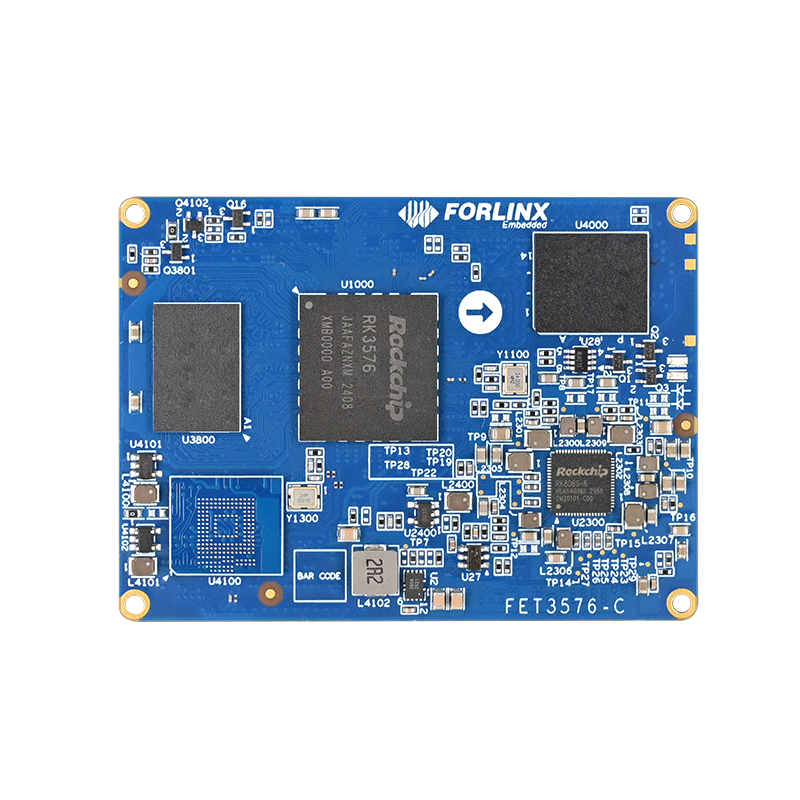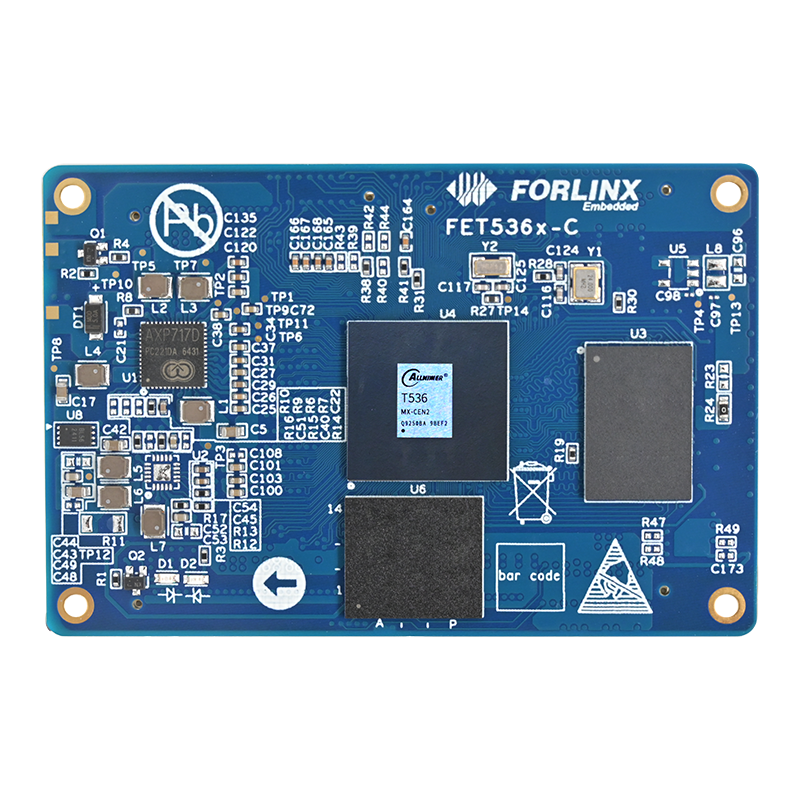
What is the Difference Between SoM and SoC?
What is a SOM?
SoM is short for system on module. It’s an electronic circuit and integrates all required system functions into a module, including processor, storage (eMMC or Flash), memory (DDR) and I/O controller. However, unlike SoC that combines many of these functions onto a single chip, SoM typically requires only power to operate. In brief, SoM is an electronic motherboard that packages the core functions of MINI PC. Most SoMs integrate CPUs, storages, and pins. It’s connected to a matching carrier board through pins to implement a system-on-a-chip in a certain field.
What is a SoC?
SoC is short for system on chip, which is an integrated circuit (also known as a "chip") that integrates all or most components of a computer or other electronic system. These components typically (but not always) include a central processing unit (CPU), memory, input/output interfaces, and secondary storage interfaces-- all on a single substrate or microchip, size of a coin. It may contain digital, analog, mixed-signal, and often RF signal processing functions, depending on the applications. As integrated on a single substrate, SoC consumes significantly less power and occupies much less area than an equivalent multi-chip design. It can perform a variety of functions, including signal processing, wireless communications, artificial intelligence. SOC is commonly used in embedded systems and IoT.
Why Use a System-on-Module?
SOMs are easy-to-use embedded electronic hardware that can be integrated with substrates. When choosing a SoM, you should consider several factors, like specification, scalability, and flexibility, which are fundamental factors of any SoM that can impact your application. SoMs significantly reduce time-to-market and minimize costs, and make development much easier for engineers. With a SoM, all you need is a carrier board that fits your application to come into use.
SoM benefits a lot for development engineers and product manufacturers:
- 1. Reduce design difficulty
- 2. Lower processing difficulty
- 3. Accelerate design speed
- 4. Debug hardware drivers to speed up software development.
- 5. Debug a variety of protocols to further accelerate product launch.
SoMs by Forlinx come with ready-to-use operating systems, commonly used development environments, frameworks, and integration with third-party software. Edge connectors are available for all interfaces. Connected SoM with your carrier board, the interface can be connected to the connector or application-specific component on the carrier board. All the complexity is encapsulated in SoMs, so the carrier board can be easily developed.
You can check and choose SoM or SBC(single board computer) you need on Forlinx web. And contact us for the product manuals, software and hardware resources.


